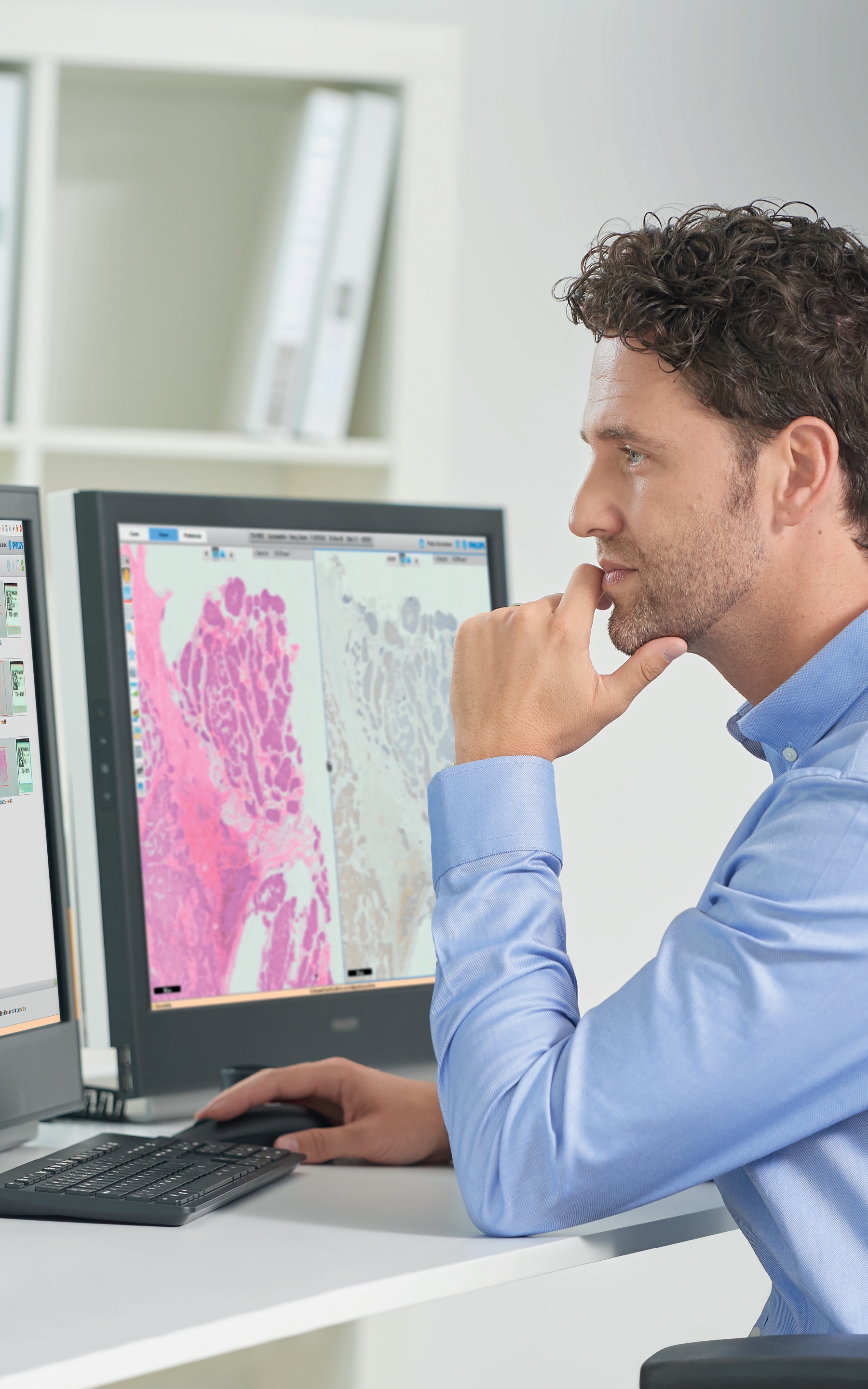

Cancer pathways have been partly suspended or altered to reflect new risk–benefit profiles when determining how to treat and who to treat (and when). Clinical services have seen significant alterations during this outbreak due to the novel severe acute respiratory syndrome-coronavirus (SARS-CoV-2) virus, and there have been logistical issues to consider in order to maintain cellular pathology services. In March 2020, WHO characterised COVID-19 as a pandemic. The platforms have provided real time solutions to issues faced over the COVID-19 pandemic 5 and will continue to do so with social distancing and other measures to contain the virus likely to be with us for some time.ĬOVID-19 and clinical and academic cellular pathology The NHS laboratories have all now implemented DP technology as part of the programme, for example, with Oxford now scanning all slides generated in the diagnostic lab. The aims include the creation of fully digital cellular pathology laboratories, the creation of an ethically approved datalake of anonymous scanned slide images and development of AI algorithms. PathLAKE features university and NHS partners from Coventry, Warwick, Belfast, Nottingham and Oxford.

The PathLAKE consortium is one of the UK government’s 5 AI centres of excellence established in 2018 and funded by UK Research and Innovation (UKRI). 3 In addition, the UK Government’s Industrial Life Sciences Strategy highlighted pathology as being ripe for innovation by the use of DP and artificial intelligence (AI). Digital pathology (DP) is seen as a key tool to enable more efficient use of the current workforce and digital enabled care is a core component of the National Health Service (NHS) long-term plan. The deprioritisation of research may become more acute as we see a resumption of clinical diagnostic and therapeutic services as the number of COVID-19 cases declines, with the subsequent increase in demand within our diagnostic laboratories. 2 The CRUK report also describes the impact on pathology research with pathologists deprioritising this to focus on clinical work. Capacity has been further compounded by factors such as a preponderance of near retirement age pathologists. The 2016 Cancer Research UK (CRUK) report ‘Testing Times to Come’ highlights increasing demand due to increasing cancer incidence, an ageing population and efforts to improve outcomes. 1 Prior to the COVID-19 pandemic, cellular pathology (histopathology) capacity was not keeping pace with year-on-year increases in demand. Pathology is a vital part of cancer and other diagnostic pathways, being a core component in 70% of clinical interventions. 9 Cellular Pathology, Belfast Health and Social Care Trust, Belfast, Belfast, UKĪssociate Professor Clare Verrill, Nuffield Department of Surgical Sciences, Oxford University, John Radcliffe Hospital, Oxford OX3 9DU, UK Ĭellular pathology services in the clinical and academic setting before the COVID-19 pandemic.8 Precision Medicine Centre of Excellence, Patrick G Johnston Centre for Cancer Research, Queen’s University Belfast, Belfast, Belfast, UK.7 Department of Engineering Science and Big Data Institute, Oxford University, Oxford, Oxfordshire, UK.6 Department of Pathology, University Hospitals Coventry and Warwickshire NHS Trust, Coventry, West Midlands, UK.



 0 kommentar(er)
0 kommentar(er)
